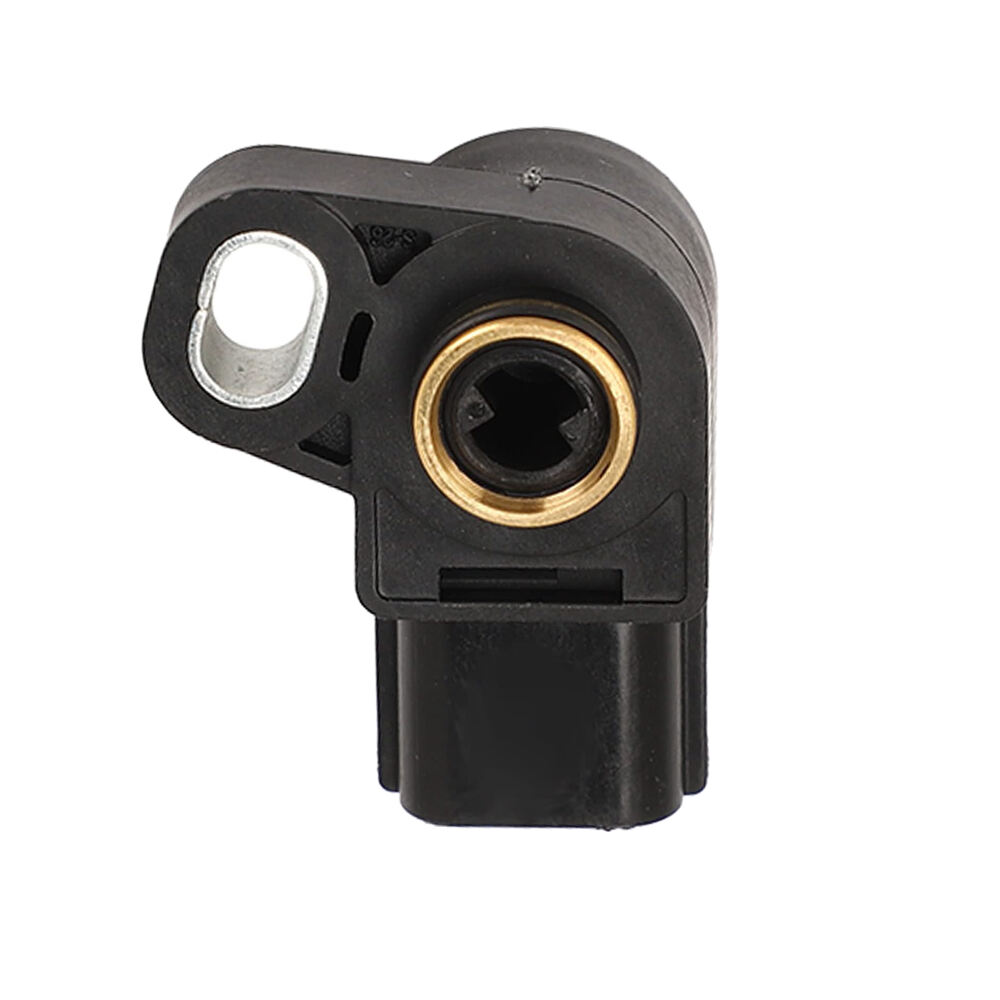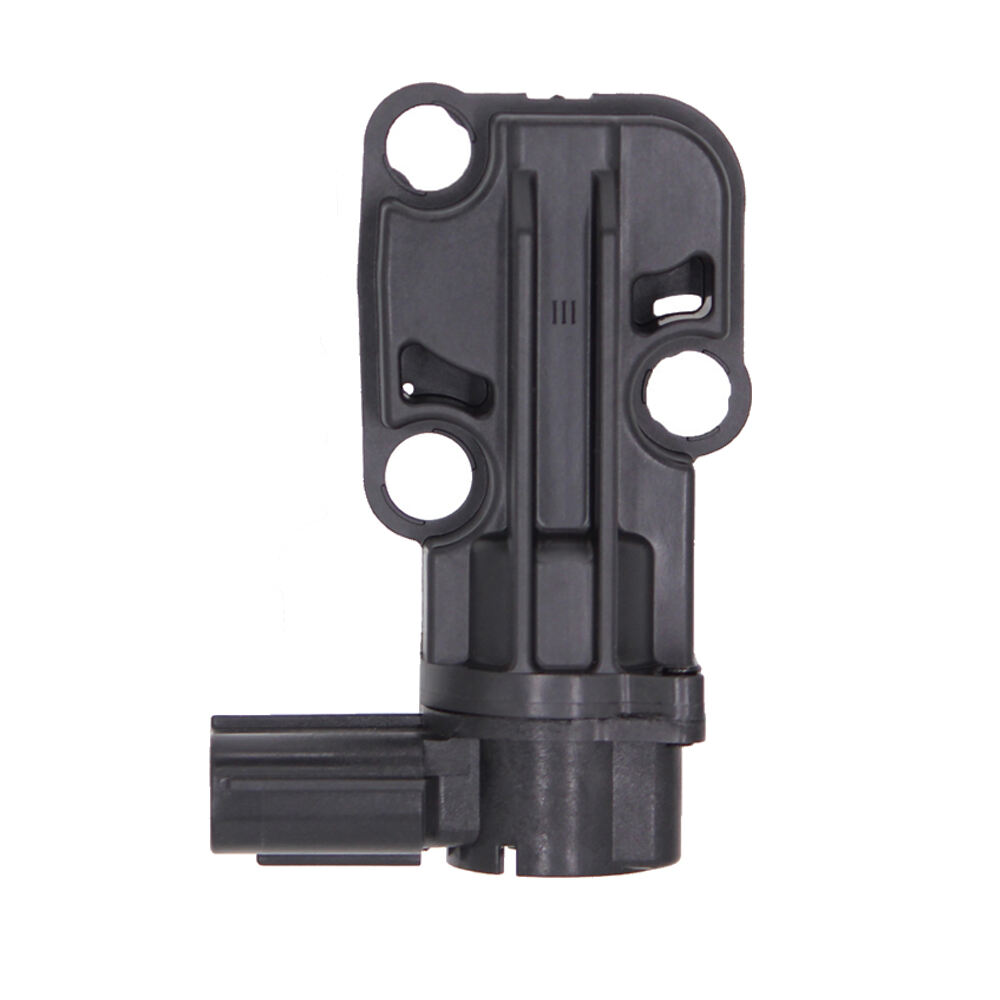crankshaft position sensor replacement time
The crankshaft position sensor replacement time is a critical aspect of vehicle maintenance that typically requires 1 to 2 hours for completion by a professional mechanic. This sensor plays a vital role in modern engine management systems by monitoring the position and rotational speed of the crankshaft, which is essential for proper engine timing and performance. The replacement process involves careful diagnosis of sensor failure, accessing the sensor location, which varies by vehicle make and model, and ensuring proper installation of the new component. The technological features include electromagnetic pulse generation, digital signal processing, and real-time data transmission to the engine control module. The sensor utilizes Hall effect technology or magnetic reluctance to generate precise timing signals, ensuring optimal fuel injection and ignition timing. Applications extend across various vehicle types, from compact cars to heavy-duty trucks, with specific timing requirements based on manufacturer specifications. Understanding the replacement time is crucial for both mechanics and vehicle owners to plan maintenance schedules effectively and maintain vehicle performance.


